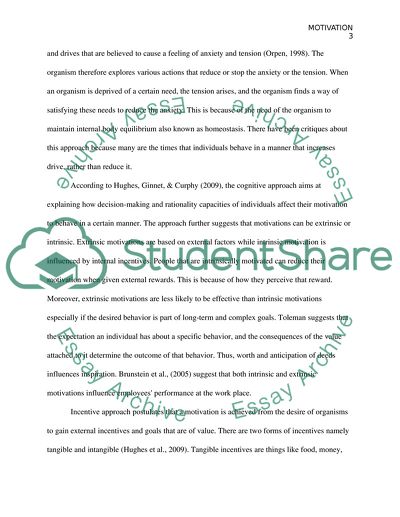Cite this document
(Understanding and Influencing Others through Motivation Term Paper, n.d.)
Understanding and Influencing Others through Motivation Term Paper. Retrieved from https://studentshare.org/psychology/1835693-understanding-and-influencing-others-through-motivation
Understanding and Influencing Others through Motivation Term Paper. Retrieved from https://studentshare.org/psychology/1835693-understanding-and-influencing-others-through-motivation
(Understanding and Influencing Others through Motivation Term Paper)
Understanding and Influencing Others through Motivation Term Paper. https://studentshare.org/psychology/1835693-understanding-and-influencing-others-through-motivation.
Understanding and Influencing Others through Motivation Term Paper. https://studentshare.org/psychology/1835693-understanding-and-influencing-others-through-motivation.
“Understanding and Influencing Others through Motivation Term Paper”, n.d. https://studentshare.org/psychology/1835693-understanding-and-influencing-others-through-motivation.


